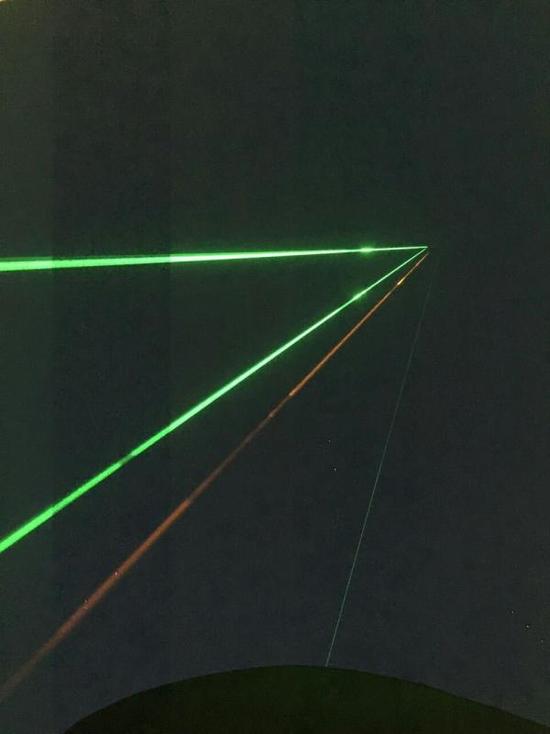On the 10th of September, the reporter learned from the Institute of Atmospheric Physics of the Chinese Academy of Sciences that the APSOS (Multi-Band Multi- Atmosphere Component Comprehensive Detection System) led by the institute has been acquired in China at the live demonstration. Peer experts agree.

APSOS is one of the first major national scientific research equipment and equipment development projects funded by the National Natural Science Foundation of China. The system consists of 5 laser radars, 1 mm-wave cloud measurement radar, 1 terahertz superconducting radiation spectrometer and 1 set. Combined telescope composition.
The research team compared APSOS to the "laser pen" to detect the atmosphere. Because this system mainly uses the observation equipment placed at the station to shoot a beam of laser light in the direction of the zenith, thus obtaining various meteorological elements such as atmospheric temperature, humidity, wind field and cloud distribution, and real-time monitoring of greenhouse gases and polluting gases. The time and space change.
APSOS project chief scientist, researcher at the Institute of Atmospheric Physics, Chinese Academy of Sciences and Academician of the Chinese Academy of Sciences Lu Daren said that APSOS is the world's first full (neutral) multi-component, multi-element large-scale foundation independently developed by Chinese scientists from seven scientific research institutions. Integrated detection system.
Lu Daren explained that the atmosphere can be divided into the troposphere (about 10 km to 20 km from the ground), the stratosphere (about 20 km to 50 km from the ground), and the middle layer (about 50 km to 85 km from the ground). m), hot layer (about 100 km -800 km from the ground) and escape layer. The uncharged atmosphere below the thermal layer is called the neutral atmosphere.
The APSOS project was established in 2012 and has been commissioned by the Huainan Institute of the Institute of Atmospheric Physics, Chinese Academy of Sciences since June 2016. After field demonstrations and expert consultations, a number of well-known experts in the field of atmospheric surveying in China gave their opinions: “All systems have met the technical specifications specified in the project plan.â€
APSOS will eventually be located at the Yangbajain Station in Tibet, where the project team has already started the construction of relevant supporting facilities. Lu Daren said that after the equipment is shipped to Tibet, after a period of debugging, APSOS will play a role in improving China’s overall national strength and technical level in the detection of atmospheric environment.
(Original title: China will place a "laser pen" to detect the atmosphere on the Qinghai-Tibet Plateau)
Wheel Excavator,Bucket Wheel Excavator,Tracked Amphibious Excavator,Cat Wheeled Excavator
Binzhou Jinyi Equipment Co.,Ltd , https://www.jyexcavator.com